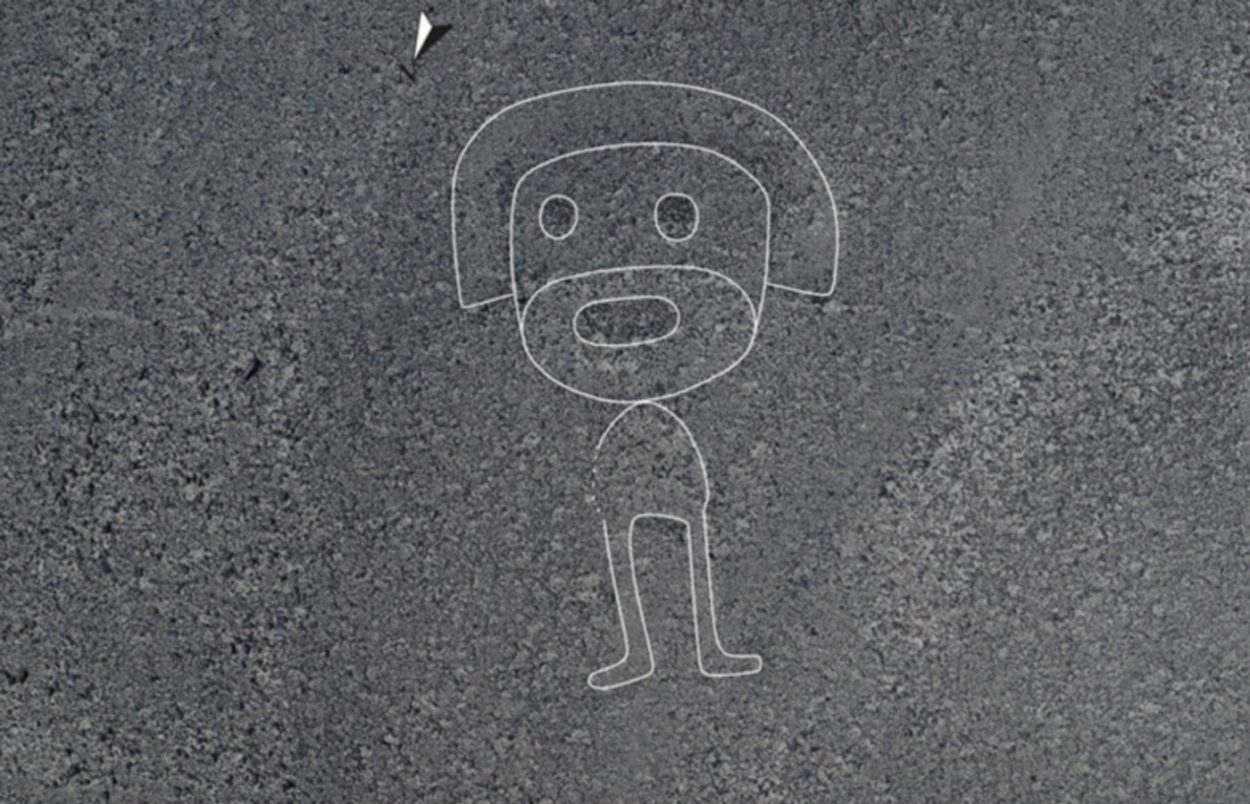Yamagata University, working in partnership with Peruvian archaeologists, have identified 168 Nazca geoglyphs in the Nasca Pampa and surrounding area.
The researchers conducted field surveys using high-resolution aerial photography and drone images, leading to the discovery of 168 geoglyphs that date from between 100 BC and AD 300.
This adds to 190 geoglyphs previously discovered between 2004 and 2018, that led to the creation of an archaeological park in the Aja area in 2017 by the Peruvian Ministry of Culture.
The new geoglyphs depict images of humans, camelids, birds, orcas, felines, and snakes, which were created by removing black stones from the surface of the earth to expose a white sandy surface beneath.
Current research suggests that there are two types of geoglyphs: a linear type and a relief type. Of the geoglyphs discovered in the study, only five are linear, while 163 are relief type, measing less than 10 metres in diameter and mainly distributed along ancient trails.
Yamagata University, in collaboration with the IBM T.J. Watson Research Centre, is also conducting an AI-based study of the distribution of Nazca geoglyphs. By using the newly discovered geoglyphs for AI analysis, Yamagata University aims to clarify the distribution patterns of the geoglyphs. The results of this research will also be used for geoglyph conservation activities.
The Nazca
Nazca society developed during the Early Intermediate Period and is generally divided into the Proto Nazca (phase 1, 100 BC – 1 AD), the Early Nazca (phases 2–4, 1–450 AD), Middle Nazca (phase 5, 450–550 AD) and the Late Nazca (phases 6–7, 550–750 AD) cultures.
The Nazca emerged as a distinct archaeological culture from the preceding Paracas culture, having settled in the valley of the Rio Grande de Nazca drainage, and the Ica Valley. The culture is characterised by its pre-fire slip polychrome pottery, that demonstrates a shift from the Paracas post-fire resin method.
The early Nazca civilisation was made up of local chiefdoms cantered around Cahuachi, a site of pilgrimage in the coastal area of the Central Andes. Cahuachi contains around 40 mounds topped with structures built from earth and organic materials, used for rituals and feasting relating to agriculture, water, and fertility.
The purpose of the Nazca geoglyphs continues to be debated by Anthropologists, ethnologists, and archaeologists. Some theories suggest that they were created to be seen by deities in the sky, a form of irrigation/water flow, while others suggest that they were some sort of calendar with astronomical alignments.
Header Image Credit : Yamagata University





